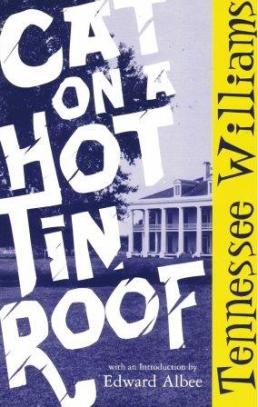 My name is Janine Macris, and I have lived in Evanston for a very long time. I appreciate its love of trees and the arts and its community, and I have spent many hours at the Evanston Public Library, even before I could read. I teach children, including my own, through my love of the power of words, and my husband builds me furniture and I love it. We read every night and it’s a great gift.
My name is Janine Macris, and I have lived in Evanston for a very long time. I appreciate its love of trees and the arts and its community, and I have spent many hours at the Evanston Public Library, even before I could read. I teach children, including my own, through my love of the power of words, and my husband builds me furniture and I love it. We read every night and it’s a great gift.
.
.
.
1) The Sun Also Rises by Ernest Hemingway (1926)
It took me years to finally make it beyond a few chapters in this book. I had never been able to get past my college life’s raw imagining of the Running of the Bulls, but once my professor helped frame this feminist reflection of a woman traveling along and craving companionship with a friend filled with the same strain, I re-sought existentialism as a crisis amid hope. It was through this read that I saw Hemingway’s infamous short-and-sweet style being as transient as his characters’ lives. I finally understood his talent for code-switching symbolic gestures in a rebellion to be free. From there Hemingway’s door opened for me, and I felt accomplished and proud to get to the root of time’s angular woven ways.
2) Fear of Dying by Erica Jong (2015)
This later-in-life companion book to Fear of Flying – an exciting, provocative and freeing book for the young single girl I was many years ago – tapped my life timing now as a woman of the “sandwich generation.” Although many of the characters seem unfinished, it is ironic that the fear of dying may also do exactly that: remain always unfinished. Jong’s wit and eloquent quips align with poetically insightful revelations that helped me understand my own vast emotions as I too age and fear my own parents’ deaths.
 3) Her Blue Body Everything We Know by Alice Walker (1991)
3) Her Blue Body Everything We Know by Alice Walker (1991)
I reread this poetry collection practically cover to cover this past year. It serves as a source of guidance, reason, and prescience during a turbulent societal time. It also promises recognition and reverence for the multitude of emotions that are bred in the research of one’s ancestry. As I carve well-meaning paths, Walker’s pursuit of her own poetic timeline has taught me to speak up and out of memory toward an enlightening space of action and resolve. Forgiveness and responsibility are alive in the blood of this book.
4) Cat on a Hot Tin Roof by Tennessee Williams (1954)
Williams has done it for me every time. This caustic, heralded reverie about family secrets and paranoia calls up the bumper sticker: “Resentment is like taking poison and waiting for the other person to die.” Whether the poison be alcohol, sibling rivalry, infidelities, or lies, this play’s timeless family struggle reminds us that our ability to see dysfunction and speak about it before it takes root is vital for any relationship to survive. It’s the only antidote to frustration. This is why I love it.
5) Charlie and the Chocolate Factory by Roald Dahl (1964)
This book ended up being my son’s inspiration for my whole family’s Halloween costumes as a tribute to Gene Wilder who starred in the film adaptation of the book. Roald Dahl is a genius who explores the seven deadly sins through the Ooompa Loompa’s songs. Because of these songs, my son was quickly able to explain why I should be Veruca Salt to his Willy Wonka, “Um, because you’re salty.” Anytime you’re looking for an explanation for your child’s ill behavior or to understand the power of imagination, hum as Wonka sings about indulging your wonder and teaches the need to respect temptation, staring from childhood through age.
